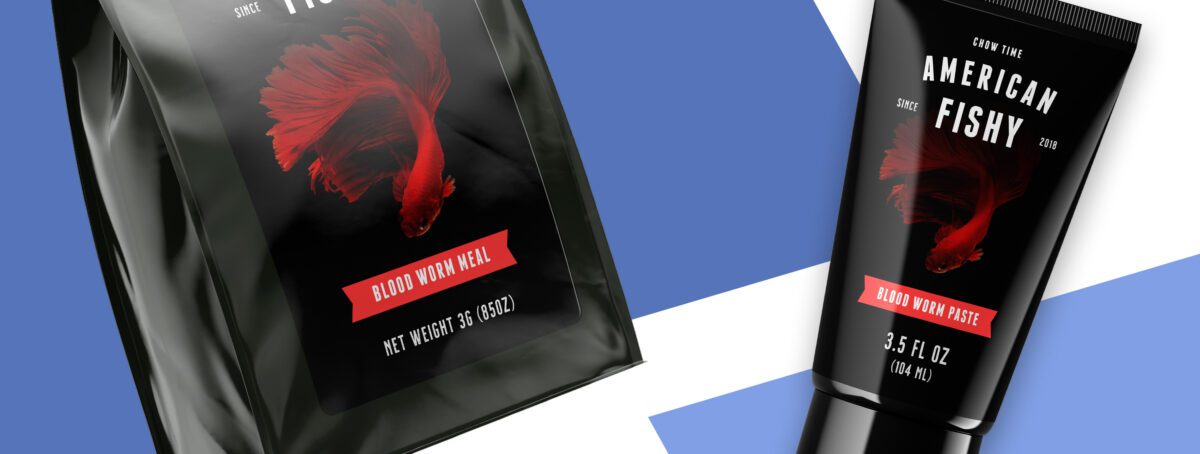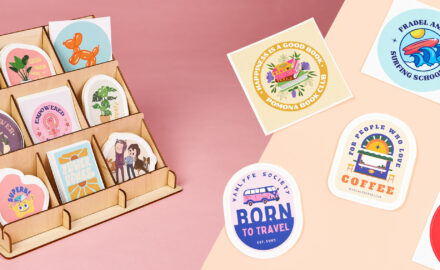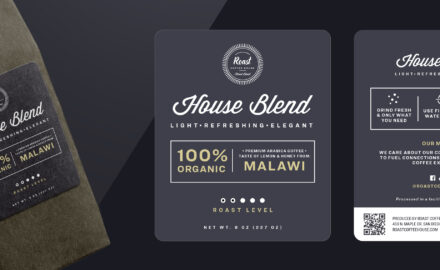What is the difference between ounces and fluid ounces?
Other articles you might like:
When labeling your products, whether it’s food, beverages, or household items, understanding the information needed on your labels is crucial. Among the many details included on your product labels, two important measurements stand out: net weight and fluid ounces. These measurements provide essential information about the quantity and volume of your product. In this article, we will show you the differences between net weight and fluid ounces and what the fluid ounces or net weight labeling requirements are.
Net Weight: Measuring the Quantity
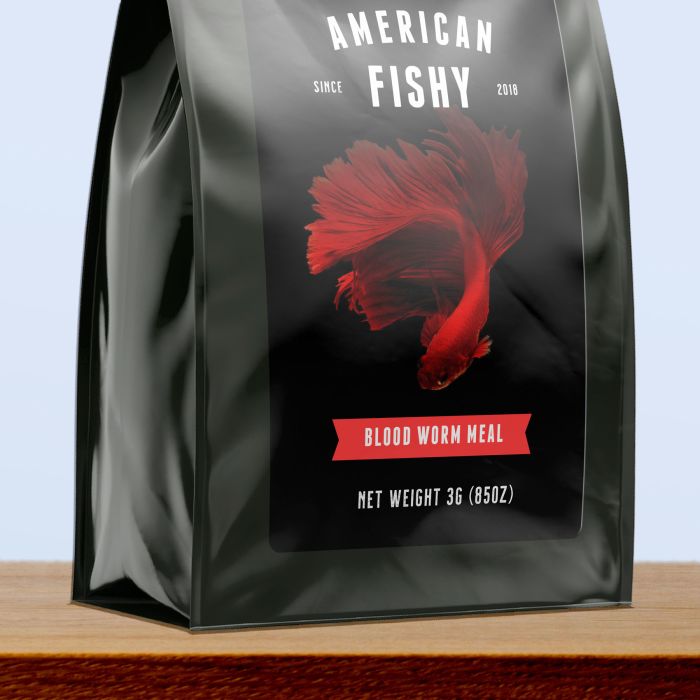
Net weight refers to the weight of the product itself, excluding any packaging or additional materials. It is commonly used for dry goods, solids, granulated, and powdered items such as grains, flours, spices, and other dry goods.
Net weight is usually measured in ounces or for large items, pounds, and indicates the actual amount of product the consumer is purchasing. For example, a bag of coffee labeled as 12 oz. shows that the coffee beans inside weigh 12 ounces, not including the weight of the packaging.
Fluid Ounces: Measuring the Volume
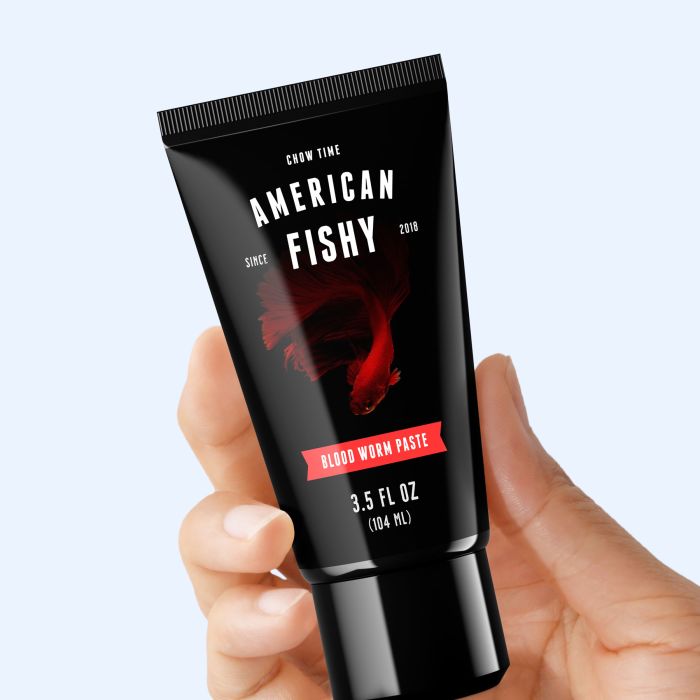
Fluid ounces, on the other hand, measure the volume of a liquid contained within a product’s packaging. This unit of measurement is primarily used for beverages, sauces, oils, and other liquid-based products.
Fluid ounces indicate the amount of space occupied by the liquid in the container. For instance, a bottle of shampoo labeled as containing 16 fl. oz. shows that the volume of shampoo inside is 16 fluid ounces.
Why do you need net weight or fluid ounces on your labels?
Comparing products: Net weight and fluid ounces enable consumers to compare products more accurately. By understanding the actual weight or volume, they can make informed decisions based on their needs and preferences. For instance, comparing the net weight of different cereal boxes can help consumers determine which offers more products for the same price.
Following recipes: Net weight and fluid ounces play a vital role when following recipes. Precise measurements ensure the desired results, especially when it comes to baking or cooking. They also help maintain consistency and accuracy in cooking and baking.
What should you include on product labels?
- Product identity: Every label should clearly identify what the product is, so a consumer can immediately know what they are buying.
- Measurements: Product labels must display either the net weight (for solid or granulated products) or the fluid ounces (for liquids). This information allows consumers to assess the quantity or volume of the product accurately.
- Ingredients: An ingredient list is essential for those with allergies, dietary restrictions, or specific preferences. It should be presented clearly and list all the ingredients used in the product, with allergens highlighted.
- Nutrition facts: Nutritional information, including calories, fat content, carbohydrates, protein, vitamins, and minerals, empowers consumers to make informed choices based on their dietary needs and goals.
- Manufacturer information: The label should include the name and contact information of the manufacturer or distributor. This allows consumers to reach out with inquiries or provide feedback, fostering transparency and accountability.
Conclusion
Net weight and fluid ounces are crucial pieces of information provided on product labels. Net weight measures the weight of the product itself, excluding packaging, while fluid ounces indicate the volume of liquid within a container. Including these measurements on product labels allows consumers to compare and make informed purchasing decisions.
When creating your product labels, ensure you include clear information regarding net weight or fluid ounces, along with comprehensive ingredient lists, nutritional facts, and manufacturer information. This will give consumers all the information they need to make sure your product aligns with their needs.

